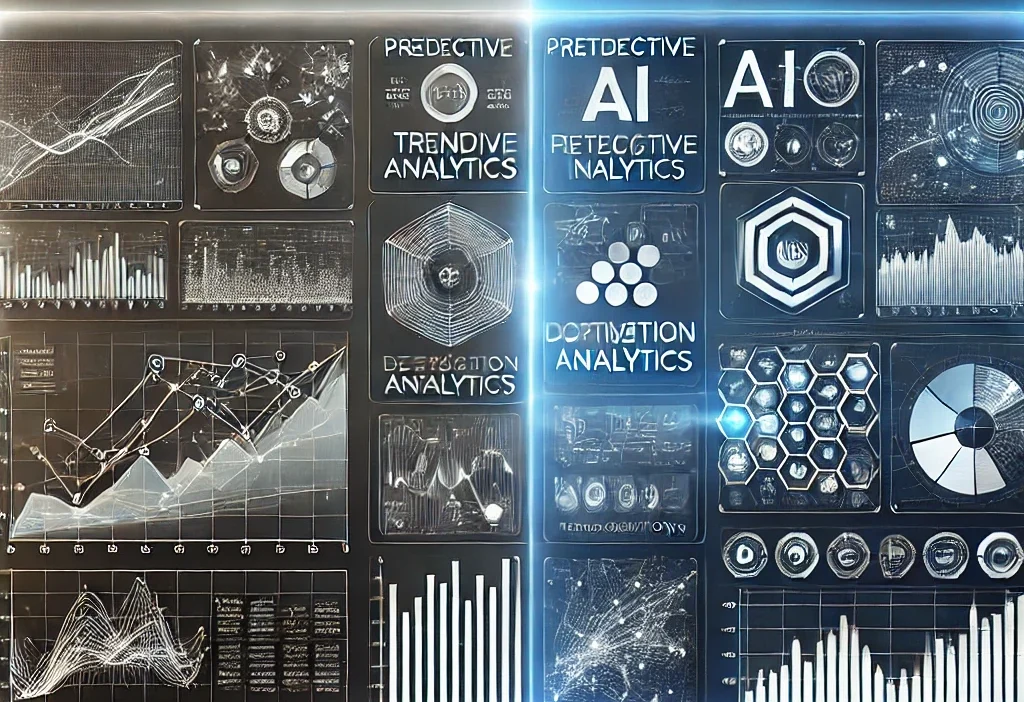Prescriptive vs Predictive Analytics: Understanding the Key Differences
In the realm of data analytics, two essential approaches—prescriptive vs predictive analytics—play a crucial role in business decision-making. While both leverage data for insights, they serve different purposes. Predictive analytics forecasts future trends based on historical data, whereas prescriptive analytics recommends the best actions to take based on those predictions. Understanding these differences is key to making data-driven decisions effectively.
What is Predictive Analytics?
Predictive analytics analyzes historical data using statistical models and machine learning to predict future outcomes. Businesses use it to forecast trends, assess risks, and identify opportunities. This proactive approach helps organizations anticipate future events by recognizing past patterns.
What is Prescriptive Analytics?
Prescriptive analytics takes predictive insights a step further by providing recommendations on the best course of action. It uses advanced algorithms and decision-making tools to optimize strategies and improve outcomes. Instead of just forecasting what might happen, prescriptive analytics helps businesses determine what should be done to achieve desired goals.
Key Differences Between Prescriptive and Predictive Analytics
- Focus: Predictive analytics forecasts future outcomes, while prescriptive analytics suggests actions to achieve specific goals.
- Function: Predictive analytics identifies patterns and trends, whereas prescriptive analytics provides actionable recommendations.
- Outcome: Predictive analytics helps anticipate trends, while prescriptive analytics guides decision-making to achieve optimal results.
- Application: Predictive analytics is used for forecasting and risk assessment, whereas prescriptive analytics is applied in optimization and scenario planning.
Which One Should You Choose?
Both prescriptive and predictive analytics are powerful tools for organizations seeking data-driven decision-making. While predictive analytics offers insight into future trends, prescriptive analytics ensures businesses take the best actions based on those insights. The right choice depends on an organization’s specific needs and objectives.
By leveraging prescriptive vs predictive analytics, businesses can drive innovation, optimize processes, and gain a competitive advantage in today’s data-driven world.





